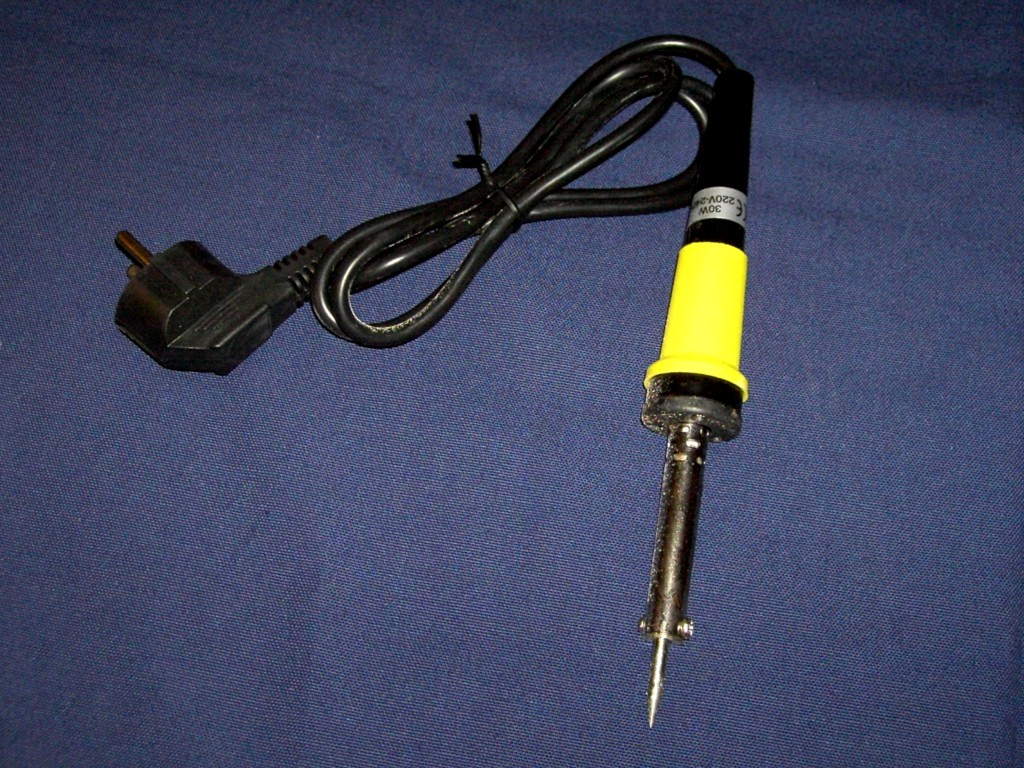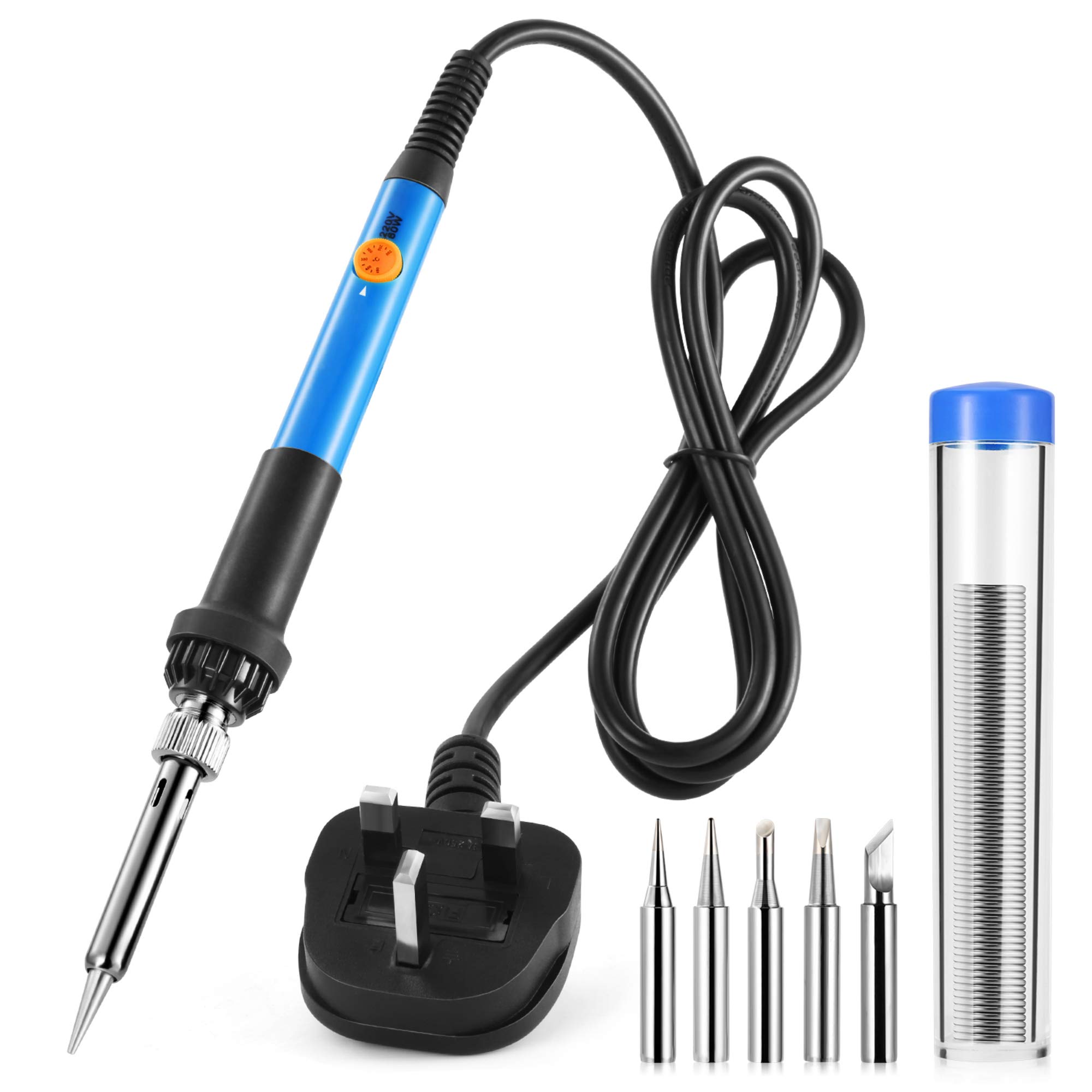Soldering iron for lead free solder is a common practice for making robust joints
Soldering iron for lead free solder joins a variety of metallic parts in the electronic industry with the help of melting solders. The process uses different soldering materials as metallic glue. All these materials are suitable for a variety of different purposes and applications. The most common of these materials are Lead and Tin. The assemblers, thereby in most industries except Europe, are using these materials to make robust joints.

Furthermore, the materials get melted by using a hot iron. The iron heats up and reaches the temperature of 600-degree Fahrenheit to melt metallic solders. In this way, there creates a strong joint. After making a joint, the solder cools down to make a strong connection a solid one. Therefore, a robust electrical bond comes into reality.
How Does Soldering Iron Process Work?
Soldering iron for lead free solder requires high temperature. As we have discussed that a solder gets melted by using the hot iron material. The iron gets a temperature controller component that allows the devices to reach at a certain temperature level. The hot iron makes it beyond the required melting point of the solder. It reaches above then 600 degrees Celsius to melt the solder in no time.
This higher temperature suddenly melts the solder so that it quickly gets amalgamated with the other end. After that, it cools down to a low temperature making the joint to be rigid and solid. Furthermore, solder is also capable of removing the strong joint with the help of de-soldering tools.
For making strong bonds and joints, a metallic solder is a compulsion. It comprises copper for joining bonds in circuit boards and pipe joints. There are two different types and diameters of solders: lead and lead-free solders. It lies between 0.32 inches and 0.62 inches. Inside the soldering material, there lies a flux. The flux helps in strengthening and improving the mechanical properties of the solder.
What Material Are Used for Soldering?
The filler materials that we use for Soldering iron for lead free solder are usually lead-based material. However, with the passage of time, lead-free solders are replacing lead-based solders with regulations coming up. The lead-free solders are feasible for both living and environment. the alternative to lead-based solder is antimony, bismuth, tin, copper, brass, silver, etc.
Which Flux Is Best for Soldering?
Sometimes, at the end of the solder, there are some impurities in the Soldering iron for lead free solder. The impurities include dust, oil, etc. The addition of flux in the soldering wire helps in the prevention of oxidation and dust. The flux also helps in cleaning the metal chemically.
It is helpful in many ways. Flux in the soldering wire process is rosin flux. Rosin flux provides robust features and characteristics. It gives mechanical strength as well as strong contractual properties to electronic joints.
Types of Soldering
Generally, there are three types of soldering iron for lead free solder. These soldering processes are prone to happen at high temperatures. It ultimately helps in the production of strong electrical joints. Let’s discuss each in details:
Soft Soldering
The first that comes in these types is the soft soldering process. It comprises a soldering process at 90 to 450 degrees Celsius. In this process, the filler solder material carries the lowest melting point. It happens at less than 400 degrees Celsius. The most common of these materials are metal alloys.
Lead amongst the alloys is the most common, and its liquidus temperature is 350 degrees Celsius. Having the property of being the soft material, these solders are capable of stressing thermally at the least level. It also makes the joint less robust and robust. Therefore, such solders are not suitable for joining the strong mechanical load-bearing applications. It eventually causes them to break at first hand. This type of solder also loses strength when it is exposed to high temperature and becomes prone to breakage.
Hard Soldering
Hard Soldering is also famous as Silver soldering in soldering iron for lead free solder. Along with silver, brass is another metal that is common in the hard soldering process. In order to melt these materials, it is a recommendation to use a blow torch. It helps in achieving the high temperature. It is the temperature where solder melts.
Brazing Soldering
The brazing solder is the Soldering iron for lead free solder that uses metals with much higher melting points. These materials are much harder than that of harder and softer processes. In this process, there is no melting of soldering. Instead, the process allows the heating of the bonding materials. After heating the material, it is recommended to put the soldering material between them to make a strong bond.
Uses of Soldering Iron
Soldering iron is the tool that we use to heat the solders. It happens through the use of an electric supply to reach a high temperature. When soldering iron reaches a high temperature to reach the melting point of the metal alloy. The process helps the solder to join the workpieces.
Furthermore, the soldering tools carry the insulated handles. It also contains a metal tip that heats up and becomes hot. Therefore, for a perfect solder, the tip of the solder must be clean enough. In order to clean the soldering tip, a recommended method is to clean the tip with a wet sponge. This practice is mandatory before actually joining the components.
Furthermore, solder sucker is also an essential component of soldering iron. Solder sucker is a unique tool that helps in the de-soldering of solders. It happens when a solder gets heated at an excessive temperature, the solder sucker is helpful to remove solder.
The soldering iron is in use for the joining of the components of electronic applications. It is feasible where more heat is required to melt the metals. It is because these soldering irons need low power. We can also make joints for stained glasses. It also helps in joining light sheet metals and other heavy metals. It is feasible the joining the serious electronic soldering work. Soldering the joints intermittently, the soldering iron is a more practical option.
For More Information, Contact Us Today!





